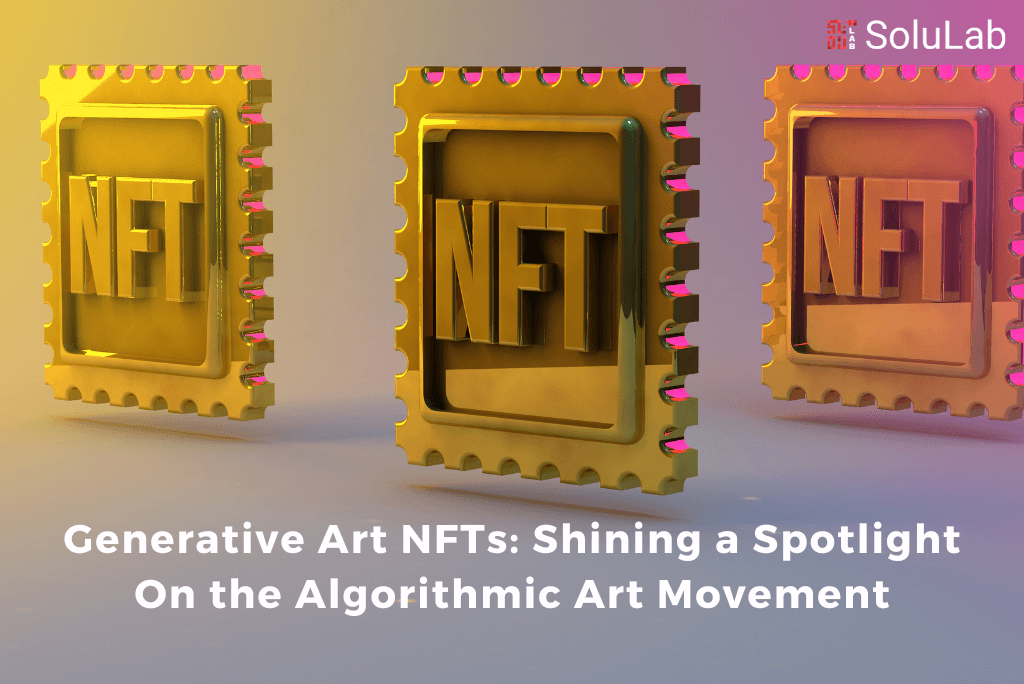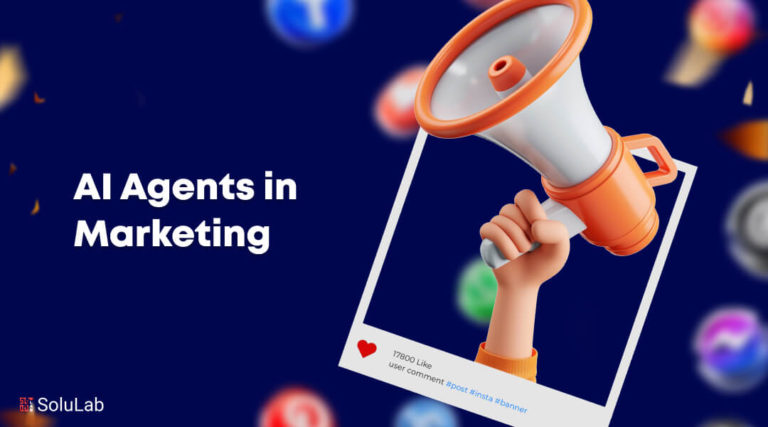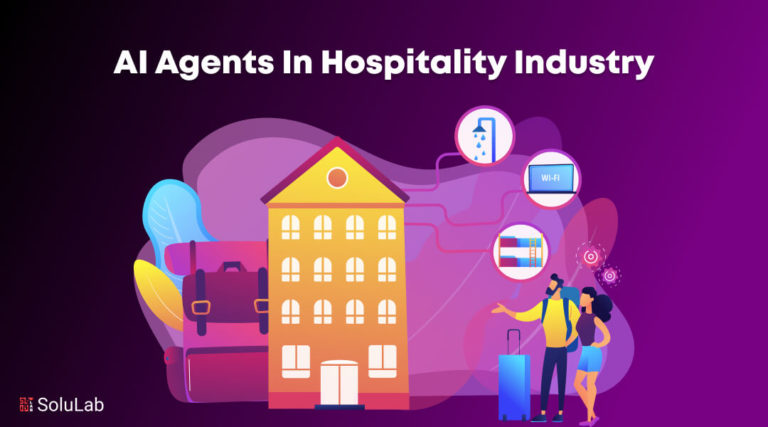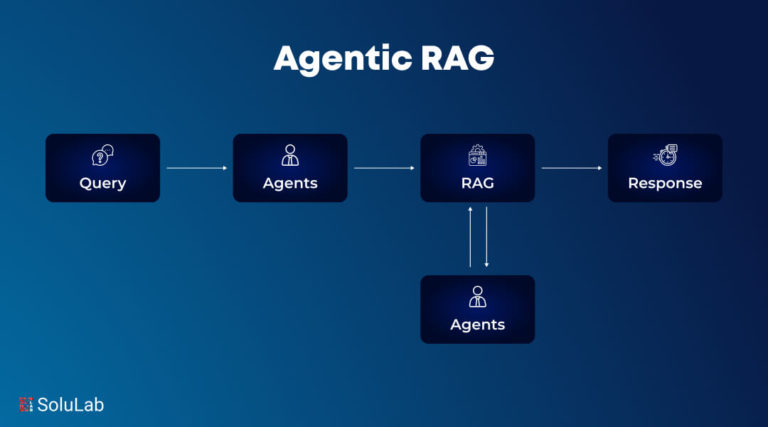
If you’ve taken the time to browse around NFT marketplaces, you’re likely to have come across a series of colorful and abstract collections amongst the more common avatar or profile picture NFTs. While much of the NFT art scene may be dominated by cartoon avatars, a subset of NFTs based on advanced technology — such as machine learning and human imagination — is emerging.
Known as generative art, this genre of NFTs showcases an algorithm-driven art style that is becoming increasingly popular with digital artists and collectors interested in the Metaverse and AI art.
Keep on reading to learn what generative art is and how, with the help of blockchain technology and NFTs, it has captured the attention of the masses and revolutionized the art scene.
What Is Generative Art?
Created by German philosopher Max Bense in 1965, generative art comes from algorithms programmed into a computer under certain specifications by artists. For example, the artist selects the colors or shapes to be used for the piece, then feeds these values into the algorithm in random quantities. The end product is generative artwork.
How Do Generative Art NFTs Work?
NFTs are cryptographic tokens used to represent unique digital assets stored on a blockchain. Unless something catastrophic happens and the Internet shuts down, digital assets stored on a blockchain are permanent and immutable. Each token has unique metadata that distinguishes it from other tokens, ensuring it can’t be changed or forged.
Generative art NFTs are created using smart contracts and stored on a blockchain in the form of NFTs. Smart contracts are pieces of code secured on a blockchain that self-execute when certain conditions are met, making them perfect for developing randomized, algorithm-driven art.
As an artist, you don’t need to draw hundreds or thousands of collectibles yourself. Instead, you simply have to devise a series of traits that constitute your NFT, and design one or more variations for each trait.
Once you have all the design assets in place, you must write or copy smart scripts to generate new variations of NFTs accordingly. You must also place a limit on the number of NFTs to be generated.
Read also: Are NFTs Shaking Up the Digital Art World?
An example of generative NFT art is Solvency by Ezra Miller. The project incorporates dynamic WebGL simulations to create textured feedback loops drawn from a generative adversarial network (GAN). This GAN is trained on 35 mm photographs and layered colors that rely on information from each NFT’s minting transaction.
How Are Generative Art NFTs Shaking Up the Art World?
The utility of NFTs has helped improve the way we create, collect, and interact with digital art, thanks to their accessibility, transparency, and scalability.
Accessibility
Traditionally, barriers to entry into the art world have been quite high, due to the knowledge and investment size needed to participate. However, the increased interest in generative art NFTs — and NFTs in general — are breaking down barriers to the traditional art scene, opening up the space to people from all walks of life.
Transparency
Because NFTs are stored on a blockchain, anyone can look up the transaction and ownership history of an NFT, making it easy to verify its authenticity. Moreover, the immutable nature of a blockchain minimizes any counterfeit risk.
Scalability
Another key feature of NFTs is the infinite scalability of digital image resolution. Unlike JPEG and PNG files that can become distorted with time, the code of a generative art piece allows the image to be showcased at any size without sacrificing its quality. This is because the artwork is not an ordinary picture file but instead, a line of code stored on the blockchain.
Conclusion
NFT and blockchain technology has helped assign collectability, scarcity, and provenance to digital art while making it more accessible to the masses. As the NFT art market continues to evolve, so will the generative art medium.
Although the NFT space is still in its infancy, the current growth trajectory of the NFT ecosystem suggests that it will continue to present further opportunities and experiences for new art mediums, as well as artists and collectors.
Blog Credits: Binance




